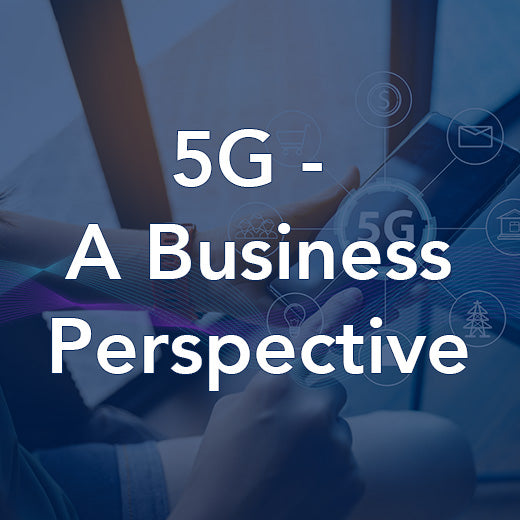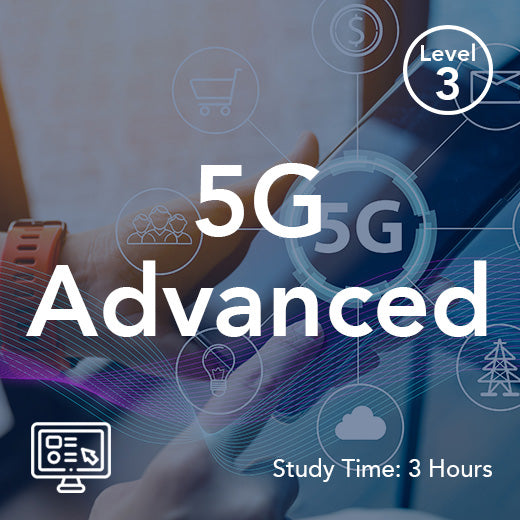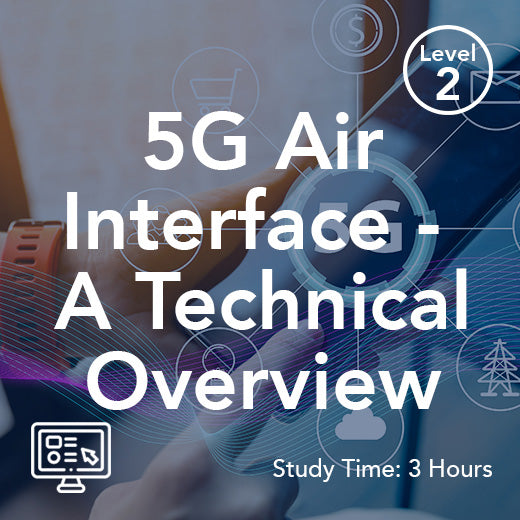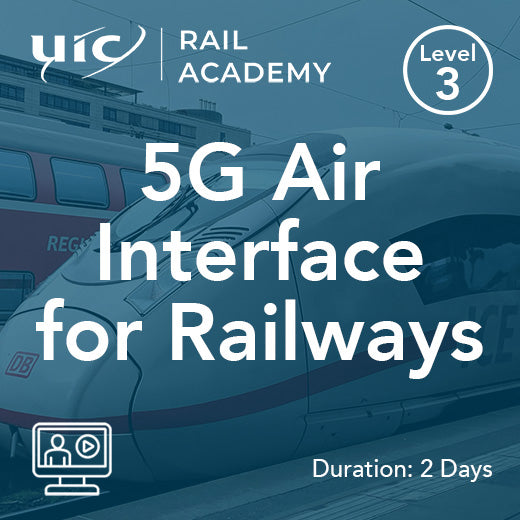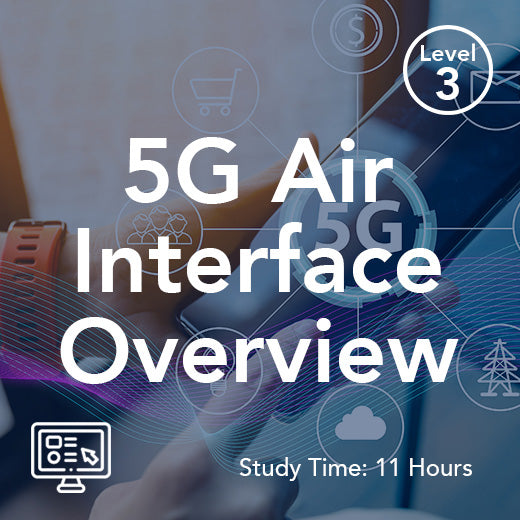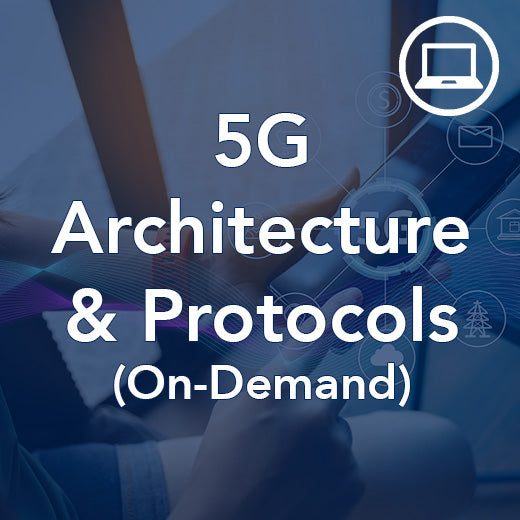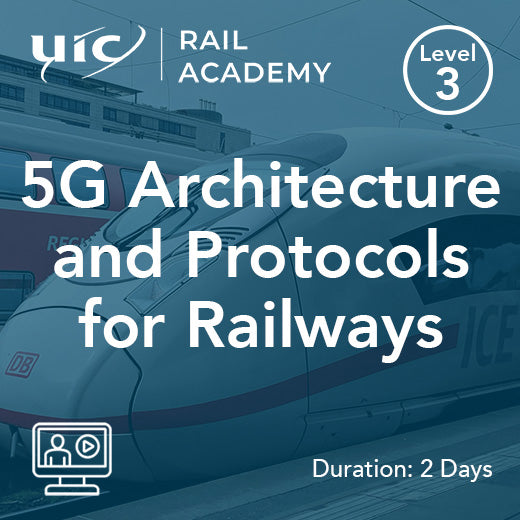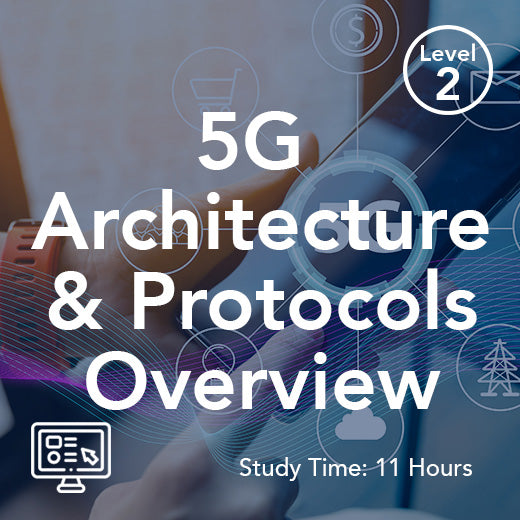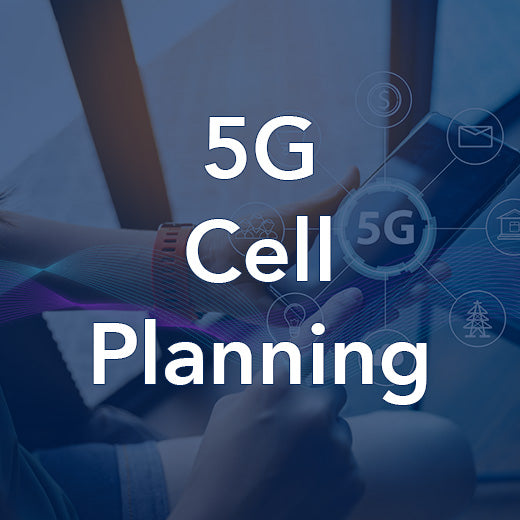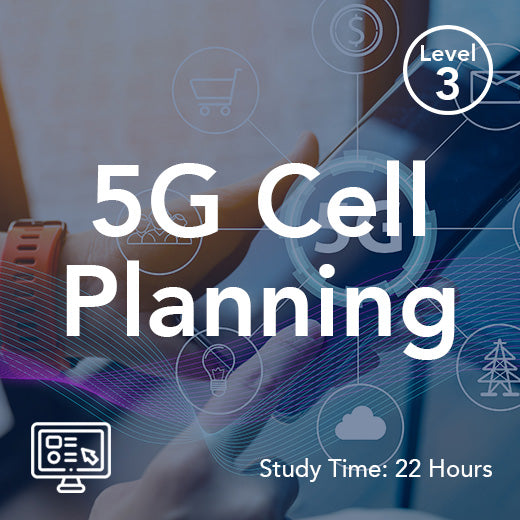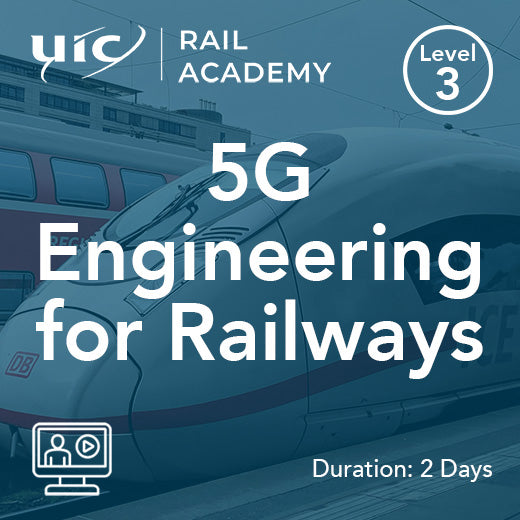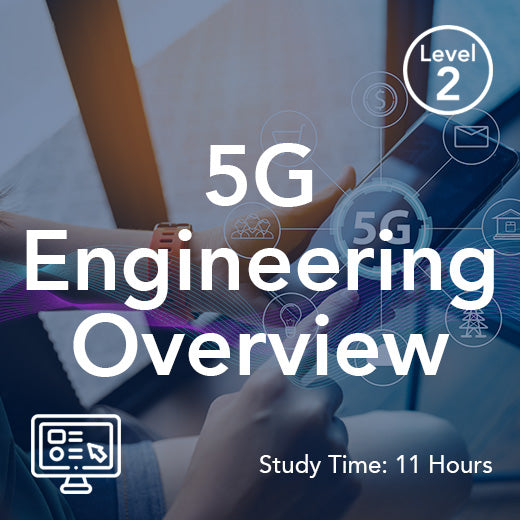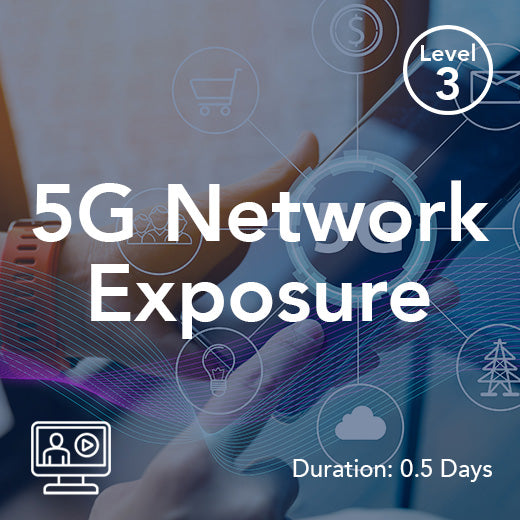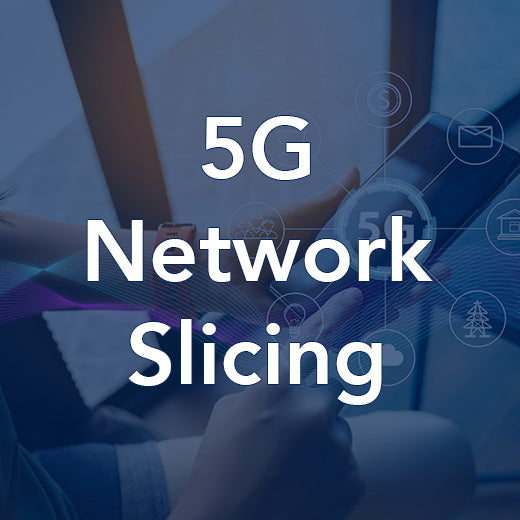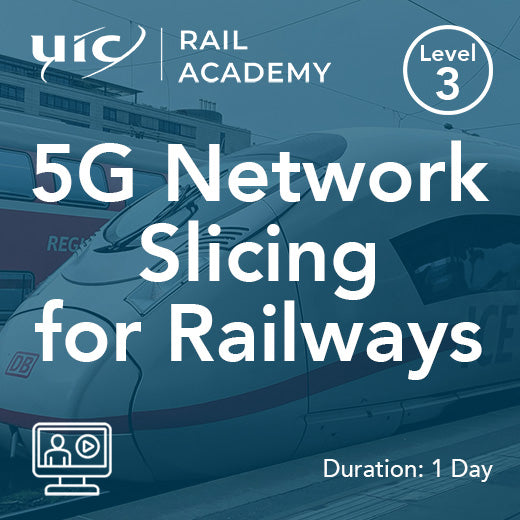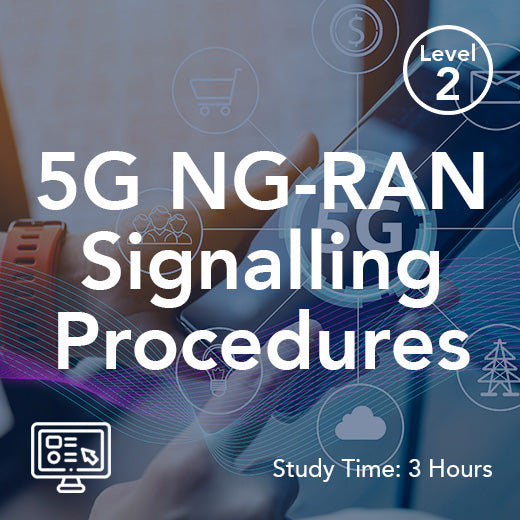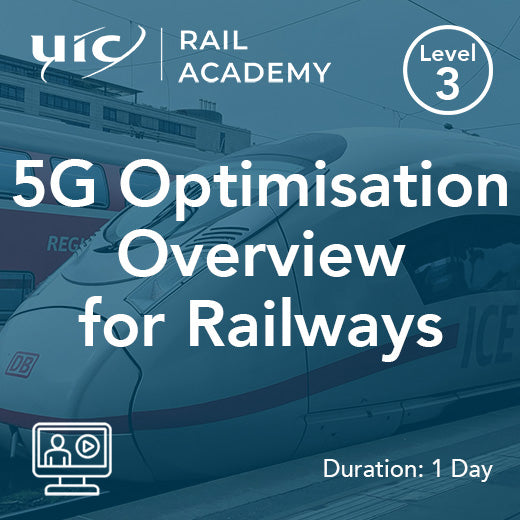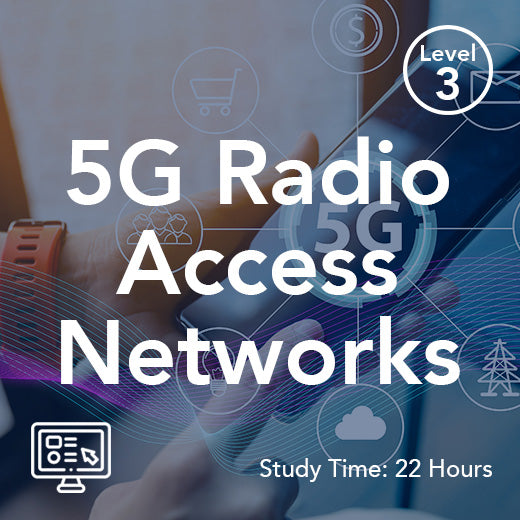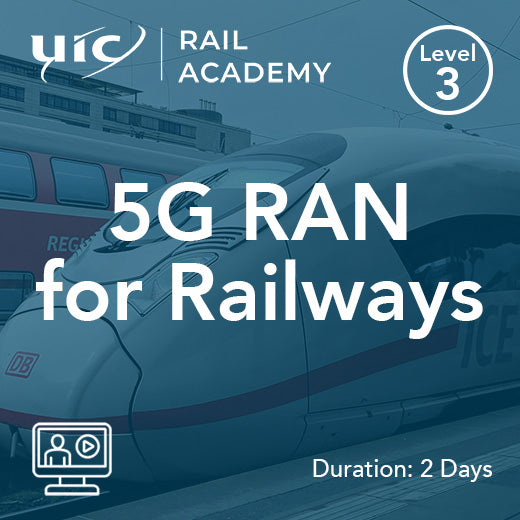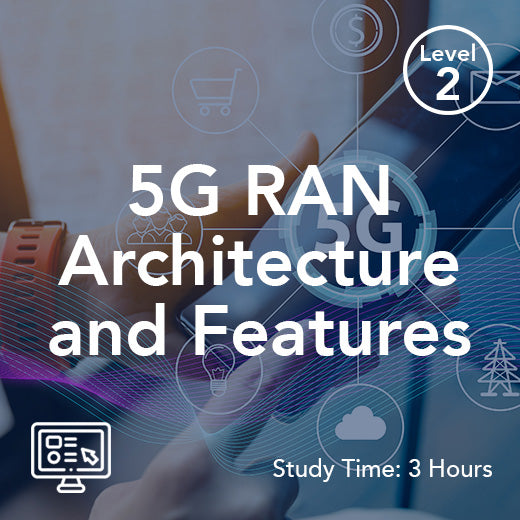5G Engineering training course provides a comprehensive technical introduction to the world of 5G. From understanding the design goals and development schedule for 5G to delving into the principles, design, and implementation of the 5G air interface, radio access network, and core network, this course covers it all. Perfect for engineers new to or already working in mobile communications, this course assumes familiarity with telecommunications and general engineering terminology, with some understanding of LTE cellular systems being beneficial.
Our course covers a wide range of topic areas, including 5G introduction, key features, and standardization, use cases and performance objectives, principles of the air interface such as radio spectrum, OFDMA, and multiple antennas, air interface protocol stack, architecture of the air interface physical layer, procedures for data transmission and reception on the 5G air interface, radio access network architecture and protocols, core network architecture and protocols, network function virtualization and network slicing, interworking and compatibility between 5G, LTE, and Wi-Fi, PDU connectivity, Quality of Service, service provision, and signalling procedures in the 5G network. Join us for this in-depth course and take your knowledge of 5G to the next level.
Who would benefit
This course is intended for engineers either new to, or already working in, mobile communications.
Prerequisites
Familiarity with telecommunications and general engineering terminology is assumed. Some understanding of LTE cellular systems would be beneficial.
Topic Areas Include
5G introduction, key features and standardisation
Use cases and performance objectives
Principles of the air interface: radio spectrum, OFDMA and multiple antennas
Air interface protocol stack
Architecture of the air interface physical layer
Procedures for data transmission and reception on the 5G air interface
Radio access network architecture and protocols
Non-standalone and standalone deployment options
Core network architecture and protocols
Network function virtualisation and network slicing
Interworking and compatibility between 5G, LTE and Wi-Fi
PDU connectivity, Quality of Service and service provision
Signalling procedures in the 5G network
Read more less






